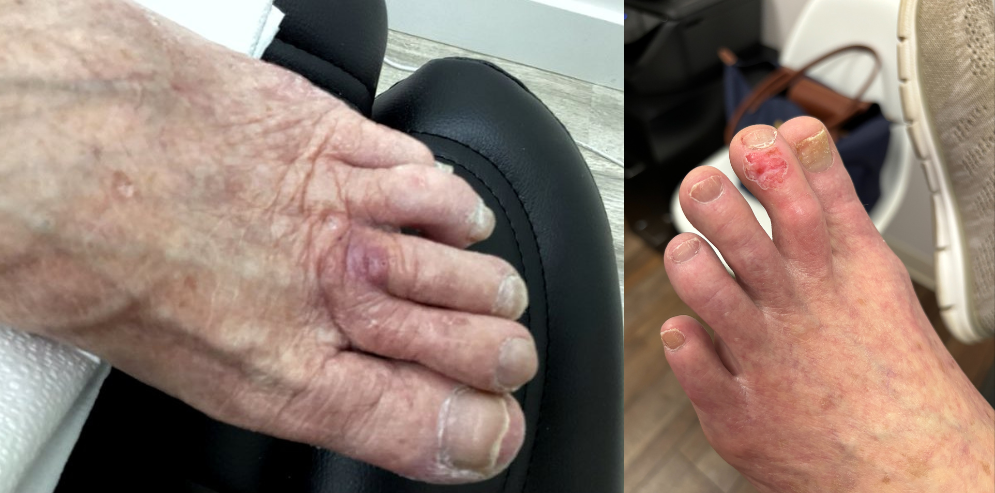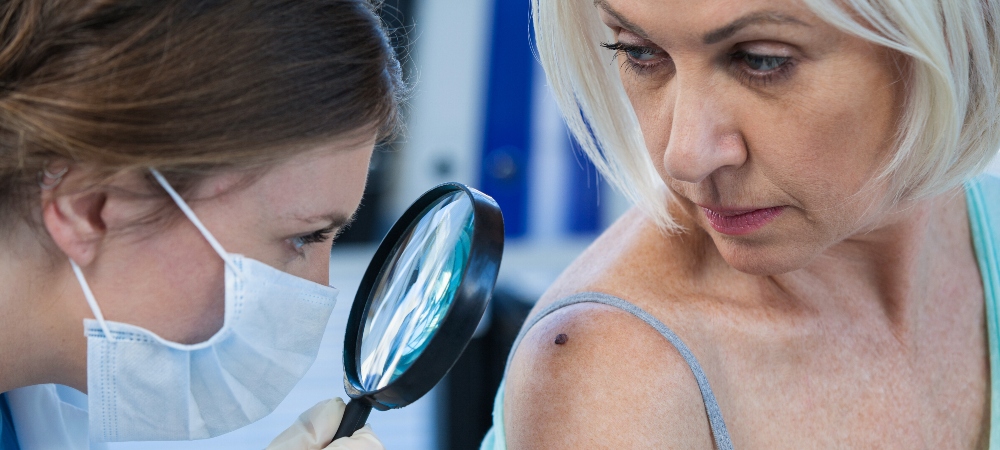
In the U.S., skin cancer is the most common type of cancer in men and women, and certain states are at higher risk — and they’re probably the states you’d least expect. Florida, California, and Texas might spring to your mind as being the states that could have the highest skin cancer rates, based on how much sun they get. After all, Florida is nicknamed “The Sunshine State.” But, if you look closely at skin cancer rates by state, that’s not the case. People who live in states that aren’t known for sunny weather, such as Utah, Delaware, Vermont, Minnesota, and Idaho, are actually at greater risk.
Why are Certain States at Greater Risk?
People who live in states with the highest skin cancer rates aren’t as accustomed to getting a lot of sun as those from sunnier states. Many of these high-risk states have intermittent sun exposure — not steady sun exposure. When the weather is sunny in a state like Minnesota or Utah, people may not take the proper precautions and it’s much easier for them to get sunburned. Repeated sunburns elevate the risk of developing skin cancer, especially blistering sunburns. Other risk factors include:
- Overexposure to ultraviolet (UV) radiation (including exposure from sunlight and tanning beds)
- Compromised immune system
- History of cancer in your family
- Age (older people are at greater risk, although skin cancer is detected in younger people)
- Fair skin
- An abundance of moles or atypical moles
How to Lower Your Risk
Whether you’re used to sunny weather or you live in one of the highest skin cancer states, the best way to lower your risk is to limit your sun exposure. If you can’t avoid the sun, try to cover your skin as much as possible by wearing hats and long sleeves. Use a high-SPF sunscreen or zinc oxide sunblock on any exposed areas to prevent sunburn. Prevention is key.
Speaking of prevention, follow up with your current healthcare provider to check any atypical moles or blemishes that could be skin cancer. Catching skin cancer early on can also expand your options for treatment. For example, common skin cancer types, such as basal and squamous cell skin cancers, can now be treated using Image-Guided SRT — a surgery-free alternative to Mohs.
For Treatment, Consider Image-Guided SRT
If you or someone you love has been diagnosed with basal or squamous cell skin cancer, consider Image-Guided SRT as a form of treatment. Although it doesn’t treat melanoma skin cancers, Image-Guided SRT treats common forms of skin cancers with no risk of scarring and no limits to daily activities. Learn more about the science behind Image-Guided SRT today, and contact us with any questions or concerns.








